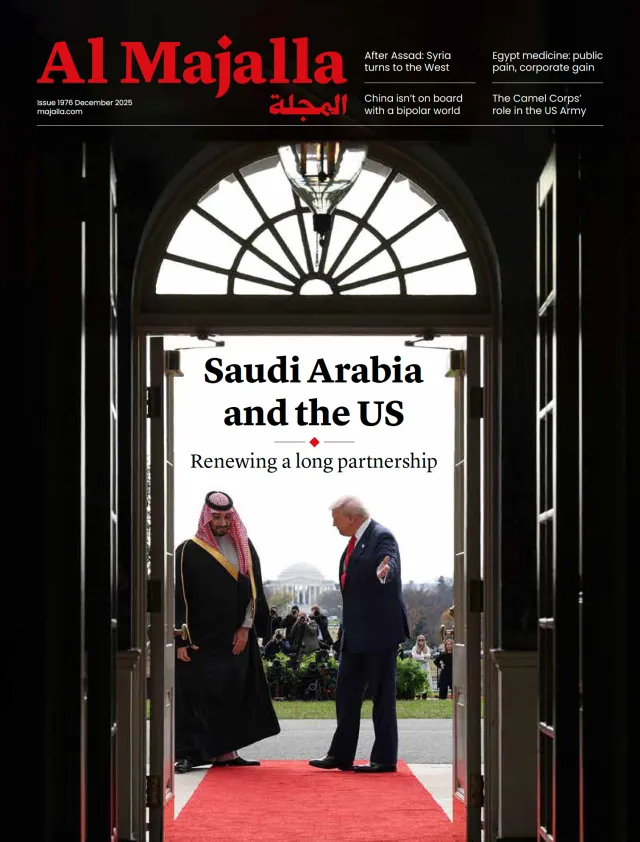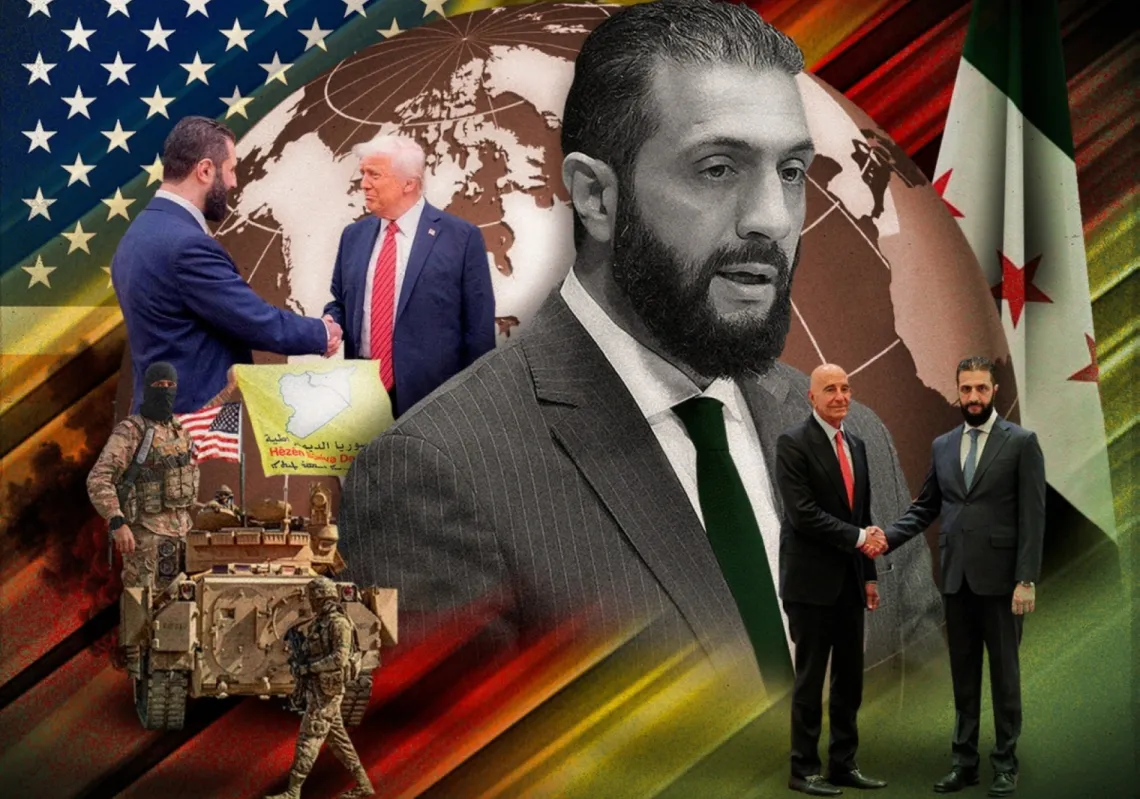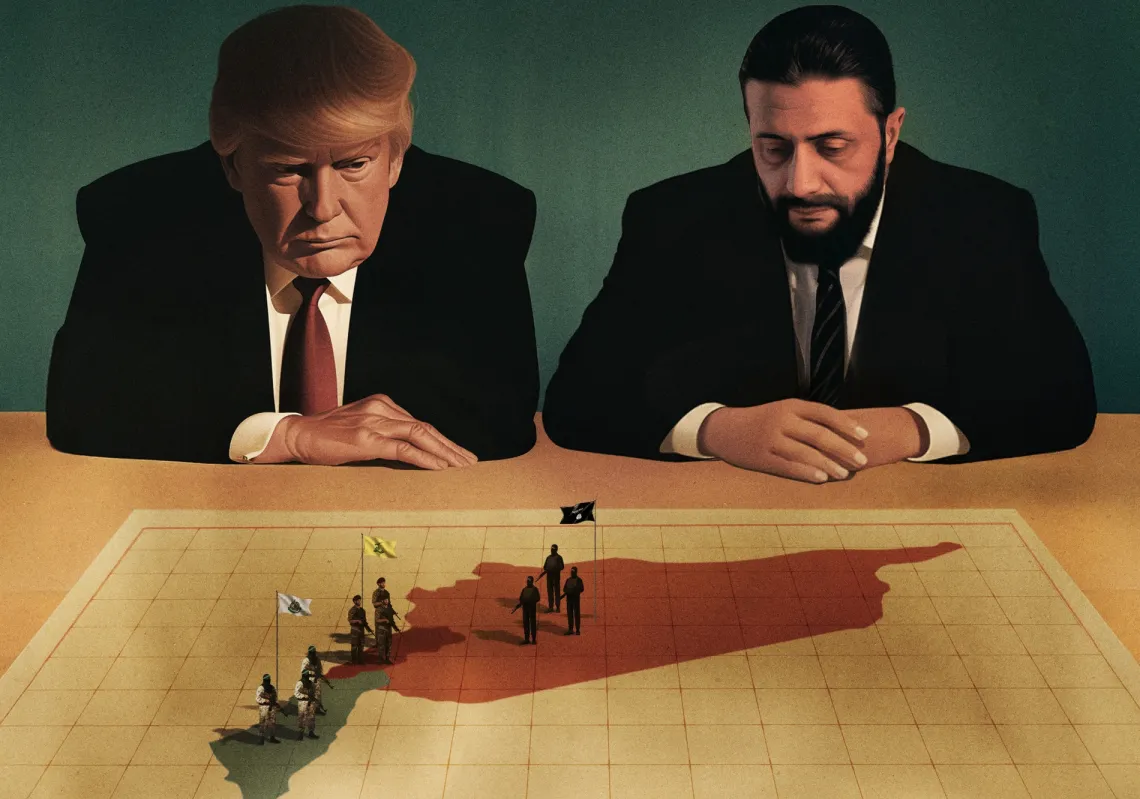For six decades, the Assad regime—first under the father, then the son—burdened Syria, both state and society, with regional and pan-Arab responsibilities that far exceeded its economic, military, and demographic capacities.
From 1970 to 2024, the country was drawn into a series of costly and often unsustainable external entanglements, all justified in the name of unity, freedom, socialism, resistance to Israel, and opposition to imperialism.
This orientation took shape through political and security interventions across neighbouring states, most notably in Lebanon, which remained under Syrian control for 30 years. It also emerged in the regime’s alignment with Iran, particularly under Bashar al-Assad, when Tehran came to wield considerable influence over Syrian decision-making.
Syria became a key platform for Iranian power projection across the region, often in direct opposition to the prevailing Arab consensus. Likewise, the regime’s dependence on the Soviet Union, and later Russia, was rationalised through ideological ties to the Eastern bloc and notions of socialist solidarity.
Detrimental alliances
Yet these roles ultimately did little to challenge Israel. On the contrary, they helped isolate Syria, exhaust its people, and fracture Arab unity. Despite Israel’s occupation of the Golan Heights, the Syrian-Israeli border remained the quietest of fronts. Meanwhile, the Assad regime persistently sought approval from Washington, making little impact on the US’s strategic posture.
The alliance with Iran fractured the social fabric of the Arab Levant along sectarian lines and eroded state institutions and social cohesion across several countries. It further divided the Arab world, particularly over Iran’s regional ambitions. For Israel and the US, the Syrian-Iranian partnership often served their interests, offering leverage to pressure Arab states by invoking the threat of Iranian expansion.
Ties with the Soviet Union, and later with Russia, may have bolstered the regime’s internal and regional standing. However, they failed to deliver strategic victories. The Soviets viewed Syria’s conflict with Israel through the prism of the Cold War, while Russia treated Syria as a geopolitical asset—an opportunity to entrench its presence in the Mediterranean and Middle East, challenge the US, and maintain careful relations with Israel.
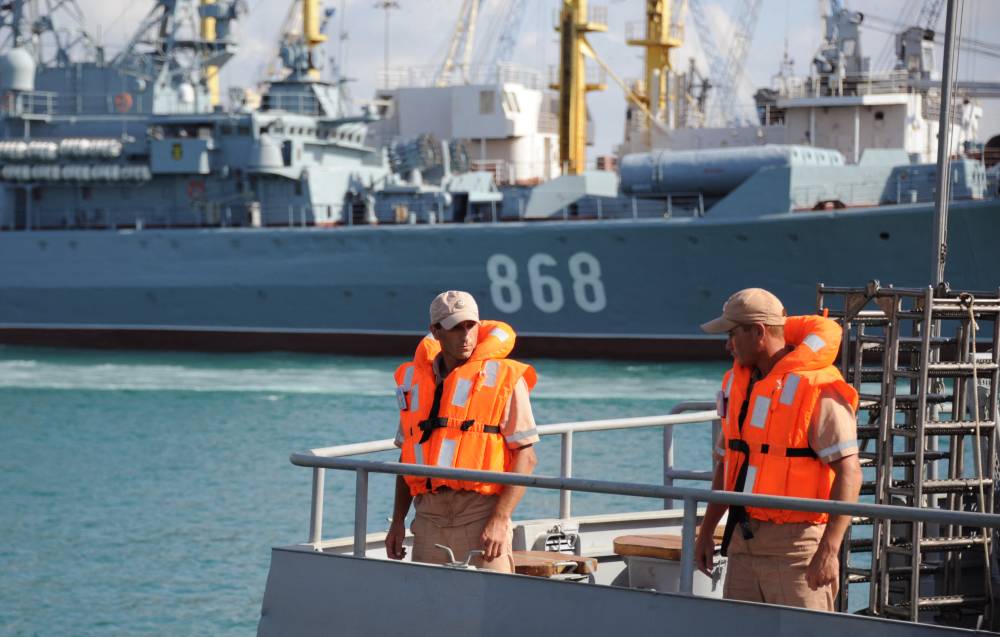
At the same time, these alliances distanced Syria from key Arab powers, particularly Egypt and Iraq, which had once been its closest ideological allies. Rather than fostering regional integration, the Assad regime deepened intra-Arab divisions, using its external alignments to consolidate internal authority.
Heavy price
In the final analysis, Syria’s regional roles, though carefully calculated, exacted a heavy toll. They weakened the state's institutions, eroded social cohesion, and entrenched authoritarian rule. Under the pretext of national defence, the regime justified the suppression of rights and freedoms, as well as the monopolisation of the country’s wealth and public life.
This posture inflated the security establishment at the expense of essential services—education, healthcare, public infrastructure, and the broader welfare of citizens. Every domestic failure was attributed to the so-called external enemy and the defence of national security, a narrative repeatedly used to outmanoeuvre and pressure other Arab states. Hafez al-Assad’s theory of ‘strategic balance’ and Bashar al-Assad’s lofty talk of uniting five seas—the Baltic, White, Caspian, Black, and Sea of Azov—were both emblematic of this empty rhetoric.
Thus, the regime’s so-called ‘national roles’ were pursued in ways that directly contradicted its stated commitments to unity, freedom, socialism, resistance to Israel, and defiance of imperialism. The outcome was a failed state, a fractured society, and a country ruled by a family that treated it as private property.
The culmination was a 14-year war of extermination, waged against the majority of Syrians in partnership with Iran and Russia, to preserve the regime’s hold on power. The toll was staggering: hundreds of thousands killed, millions displaced, and widespread destruction across the country.
Today, there appears to be an attempt to turn the page on that costly chapter. Yet any such break must not be left to chance or driven solely by shifting necessities. It must be rooted in a clear vision—one that sees Syria not merely as a strategic crossroads, or a testing ground for regional and international power struggles, but as a nation whose central priority is the well-being of its people.
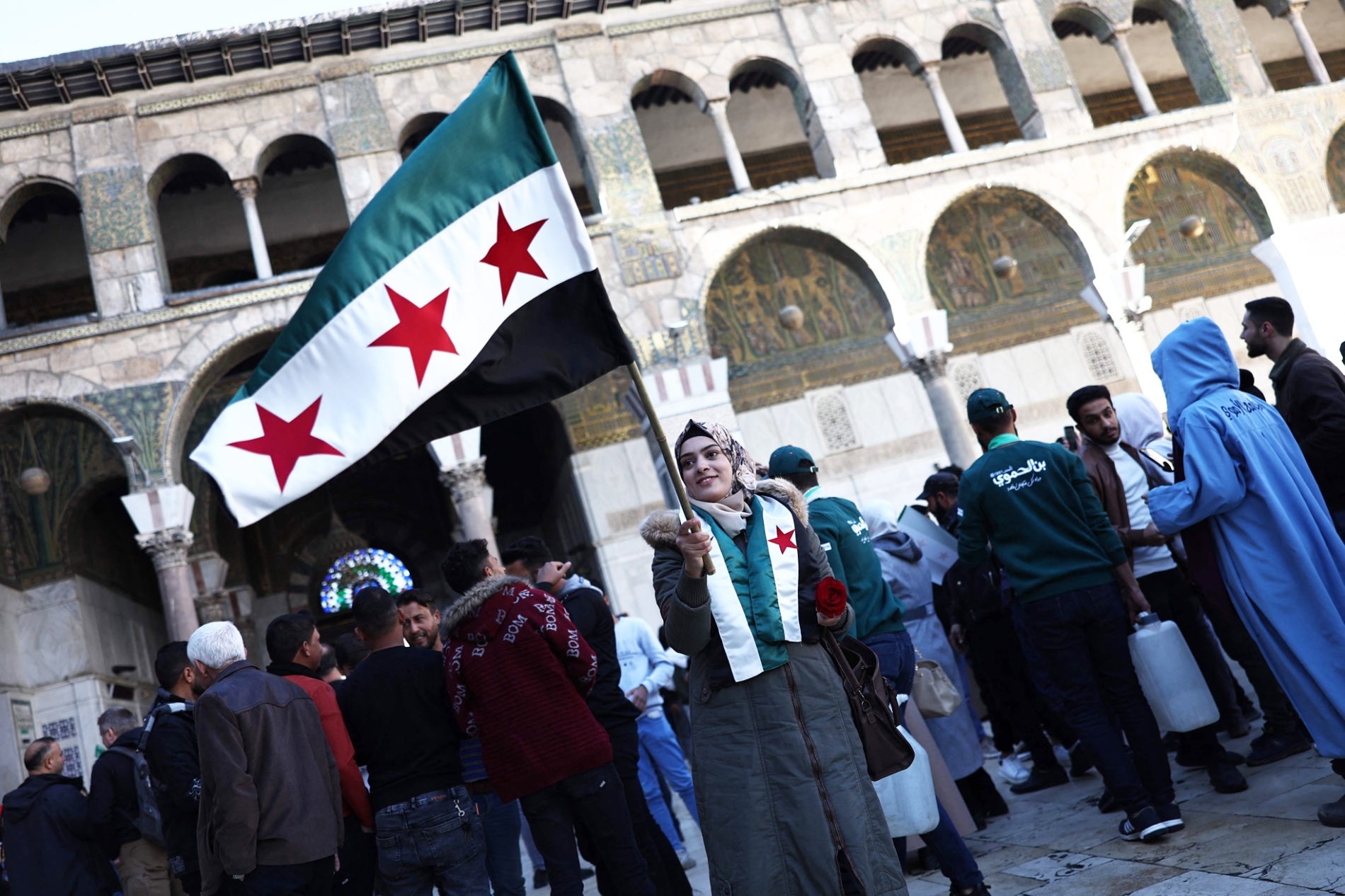
This vision demands a departure from the inflated rhetoric about Syria’s geographical centrality and presumed wealth of resources. It requires an honest recognition of the country’s modest size, limited population, and constrained economic and human potential. Geography matters, but it presents both opportunities and risks.
In today’s world, national strength is no longer defined by territory or resources alone, but by quality: the effective governance of human capital, and sustained investment in education, science, and technology. The experiences of countries such as the Netherlands, Singapore, Taiwan, and South Korea illustrate this truth.
Another essential principle is that Syria’s external role must be grounded in internal strength. A stable and constructive regional presence can only emerge from a cohesive social fabric, a sound economy, and a political system based on equal and free citizenship. This is a state’s most powerful asset—when it acts as a state, not merely as an authority clinging to power. In Syria’s current condition, a wide gap remains that must be bridged to realise this goal.

